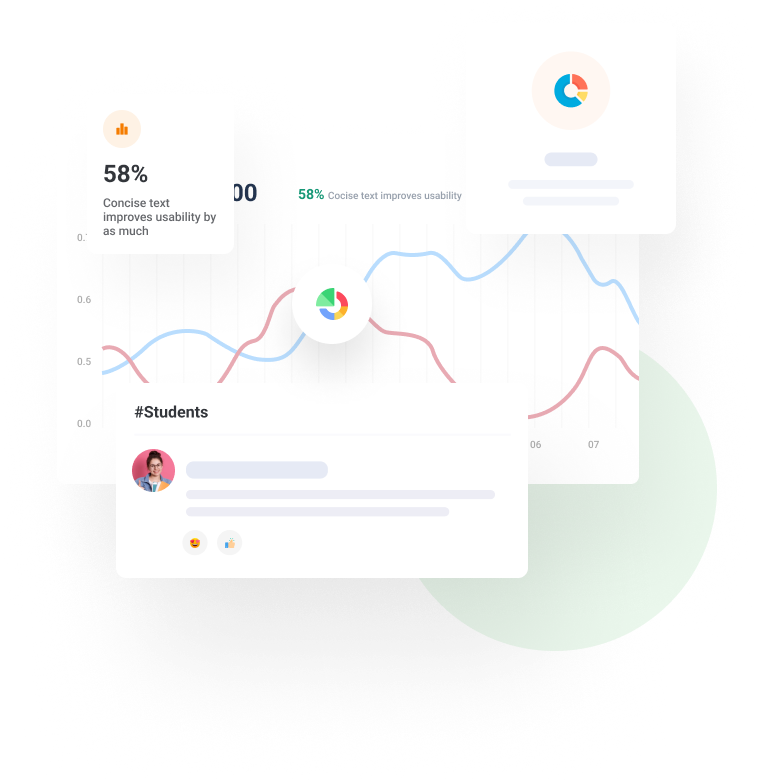Textbooks Aren’t Written for Students
Having been involved in university teaching and publishing for 25 years, and authored three textbooks for two major publishers, I’ve learned this:
Most textbooks aren’t written for students. They are written for instructors.
That’s because instructors make the adoption decisions.
At zyBooks, from day one we insisted that zyBooks are to be written for students. That means:
- Less text: Students don’t read walls of text. Nor should they have to today, with better alternatives. We’d rather students read 5 sentences than skim 20.
- More activities: Students learn better via interactions. We use questions for learning (not quizzing) to engage students. We let animations do the talking. We build tools that enable students to build understanding.
- Down-to-earth writing: We use straightforward language. We aggressively minimize word-count without losing information.
- Core topics: Including all possible topics creates a monster book. We focus on core topics; teachers today can supplement with the web or other materials if needed on occasion.
- Not a reference: Past books had to teach AND serve as a reference. We point students to web references. The web is a more current/comprehensive reference than any book.
A zyBook thus looks quite different from a traditional textbook: Much shorter in appearance, but richer in interaction. It’s the same information, but in better form.
Unfortunately, instructors evaluating a zyBook often mistake the less-text more-action material as “light,” “not rigorous,” or “supplementary.”
Ouch.
One has to put oneself in a student’s shoes to understand why that’s inaccurate. The student will really read the minimal text instead of skimming, will explore the animation, will diligently attempt the questions, and will interact with the tools. The learning is better, not lighter.
Some ask why coddle today’s students with interactivity? It’s not coddling. First, instructors must remember they are the winners of the old way of learning. But think of the many students who only learned superficially, or dropped out because they couldn’t learn that way; many could have been outstanding. Second, today’s student is different, and they have strengths we don’t. Remember, there was a generation lamenting us: Look at these students reading, instead of engaging in dialogue (textbooks were once a new technology too). Third, zyBooks aggressively minimize words without losing information. Minimizing words, and simplifying content in general, is deceptively hard (consider a newspaper headline, or a thoughtful famous quote).
So, when you see one of our zyBooks, view it from a student’s perspective.
You cannot evaluate a zyBook looking for the length dedicated to each topic. Instead, look at the quality of the interactions. Ask yourself: Will this help my student really learn the core material, better than my current textbook?
I hope you’ll conclude the zyBook indeed will help your students learn. Maybe even that a zyBook is more rigorous. Our published research studies have certainly shown that to be true. And that’s one reason why over 150 universities use zyBooks, and why the U.S. National Science Foundation has awarded us three grants so far; there’s some serious student learning going on. In my estimation, bloated static textbooks — the current bread-and-butter of university courses — will be gone in about a decade, replaced by superior interactive online learning material.
zyBooks are complete textbook replacements, and much much more, despite how they may first appear.
